Overview of Biomes
Biomes are large ecological areas on the Earth's surface that are classified primarily by their climate, flora, and fauna. They play a crucial role in maintaining ecological balance and biodiversity. Here, we explore the various types of biomes, their characteristics, and the ecosystems they support.
Major Types of Biomes
Biomes can be broadly categorized into two main groups: terrestrial (land) biomes and aquatic (water) biomes. Within these categories are several distinct types, each with unique characteristics.
Terrestrial Biomes
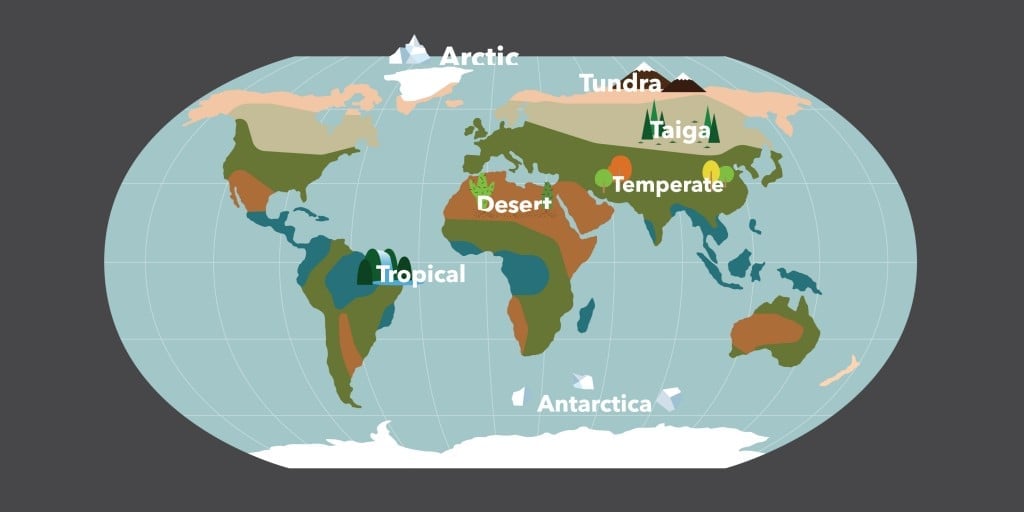
-
Tropical Rainforest: Located near the equator, tropical rainforests are characterized by their high biodiversity and humid conditions. These forests receive over 2000 mm of rain annually and maintain average temperatures between 20 to 25 degrees Celsius throughout the year. The lack of seasonal variation allows a diverse range of plant and animal species to thrive.
-
Temperate Forest: Found in regions like North America, Europe, and parts of Asia, temperate forests experience four distinct seasons, including cold winters. These forests are composed of both deciduous and evergreen trees and can have temperatures ranging from -30 to 30 degrees Celsius.
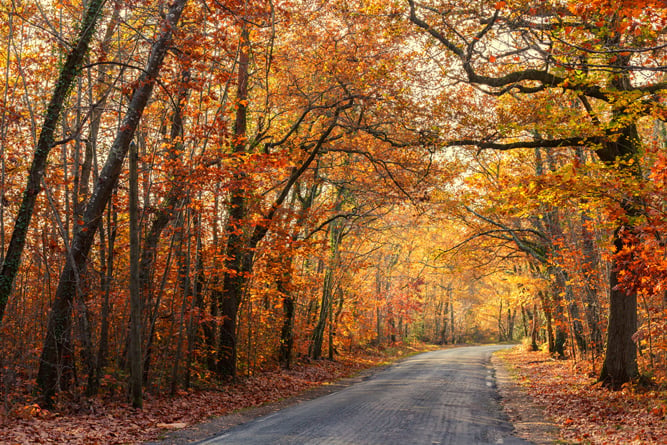
title: 'Road passing through a beautiful temperate forest at fall(Stephane Bidouze)S' and caption: 'a road with trees and leaves on the side' -
Grassland: Grasslands are large, open areas dominated by grasses with few trees. They are known for their rich soil, which supports a variety of wildlife and plants. Examples include temperate grasslands in North America and savannas in Africa that feature scattered trees and distinct wet and dry seasons.
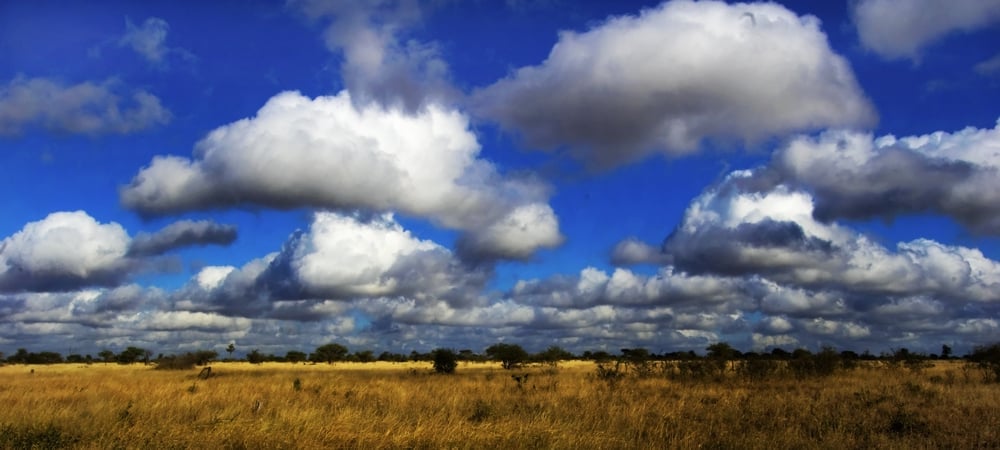
title: 'White cloud formations in a bright blue sky over the beautiful African savannah(Cobus Olivier)s' and caption: 'a field with trees and blue sky' -
Desert: Deserts cover about 20% of the Earth’s surface and are categorized as either hot or cold, characterized by receiving less than 50 cm of precipitation per year. Desert life is adapted to extreme temperatures and limited water availability.
-
Tundra: This biome is known for its extreme cold and low biodiversity. Tundra regions are often treeless, have a layer of permanently frozen subsoil called permafrost, and receive very low precipitation ranging from 15 to 25 cm annually. It is typically divided into Arctic tundra and Alpine tundra, which are home to unique vegetation, including mosses and lichens.
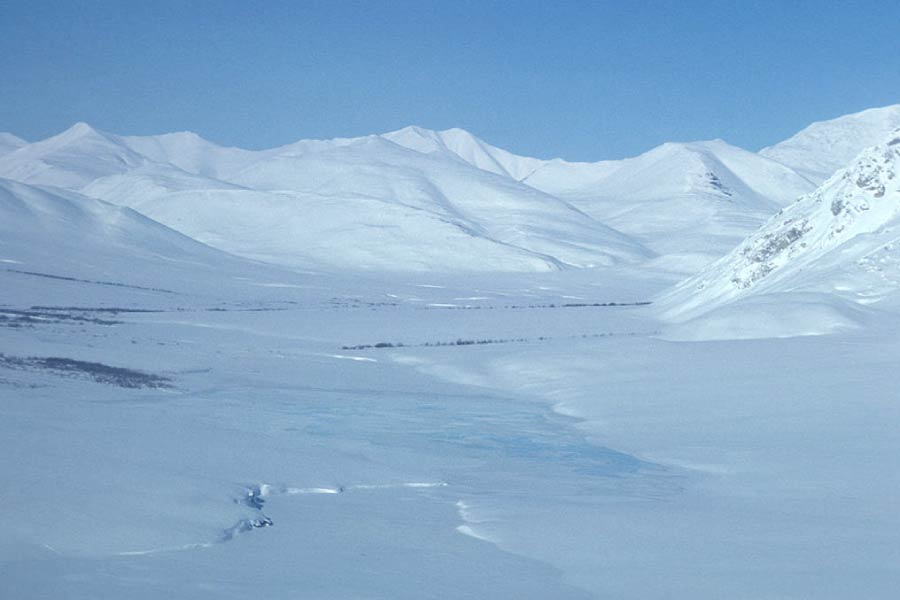
title: 'Tundra In Winter' and caption: 'a snowy mountain range with blue sky' -
Boreal Forest (Taiga): The taiga is the largest terrestrial biome and is primarily found in North America and Eurasia. Characterized by coniferous trees, this biome experiences long, cold winters and short growing seasons. It plays a critical role in carbon storage and contains a rich variety of wildlife adapted to cold climates.
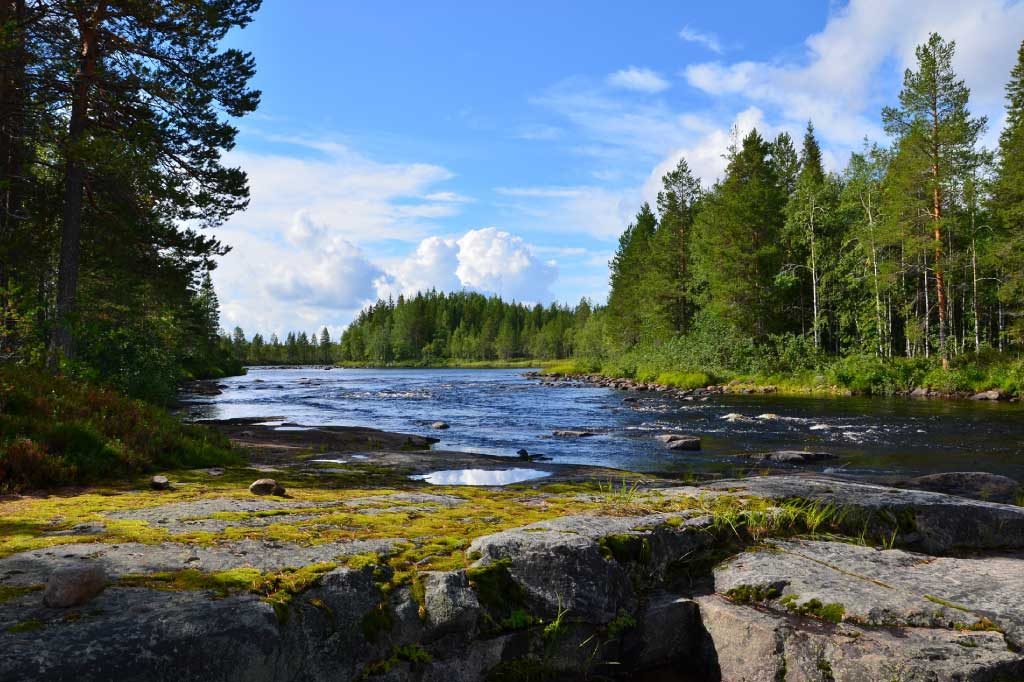
title: 'What is the taiga main image' and caption: 'a river with rocks and trees' -
Shrubland (Chaparral): Found in Mediterranean regions, shrublands are characterized by hot, dry summers and mild, wet winters. They support a range of flora, including drought-resistant shrubs and small trees, and are subject to seasonal wildfires.

title: 'A temperate forest in the Northern Hemisphere' and caption: 'a trail through a forest'
Aquatic Biomes
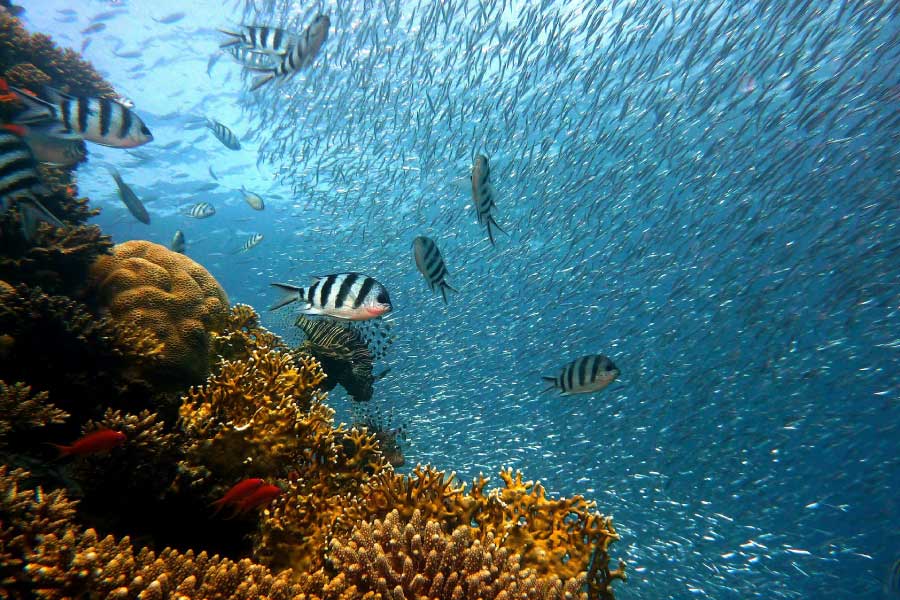
-
Freshwater Biome: Freshwater biomes include lakes, rivers, ponds, and wetlands. These ecosystems are characterized by low salt concentrations and provide habitats for diverse organisms. Freshwater environments play a vital role in the water cycle and support numerous communities of plants and animals.
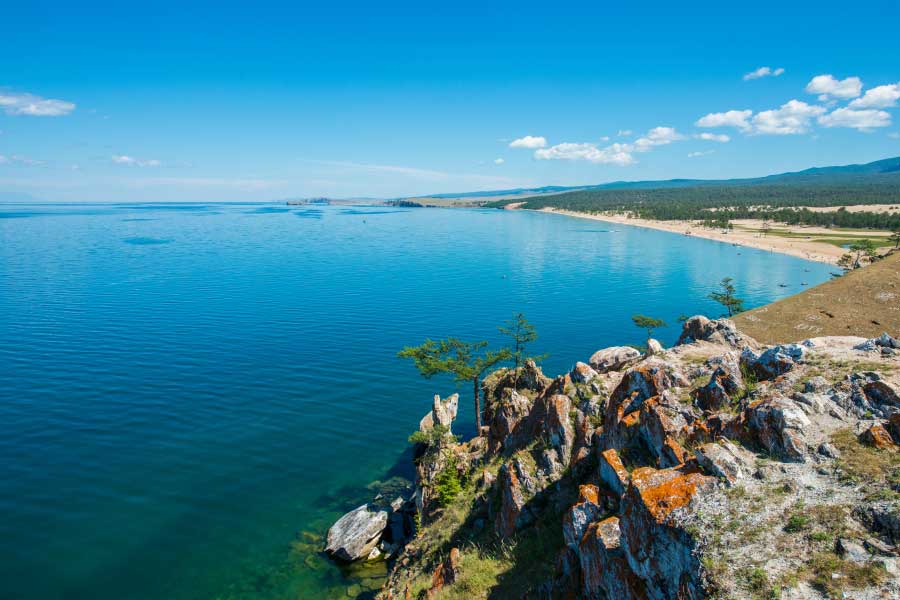
title: 'Lake Baikal' and caption: 'a rocky cliff above a body of water' -
Marine Biome: Covering approximately 75% of the Earth's surface, marine biomes include oceans, coral reefs, and estuaries. They are defined by high salinity and are crucial for global climate regulation due to their ability to store carbon dioxide. Coral reefs, found in shallow tropical waters, are among the most biodiverse ecosystems on the planet.
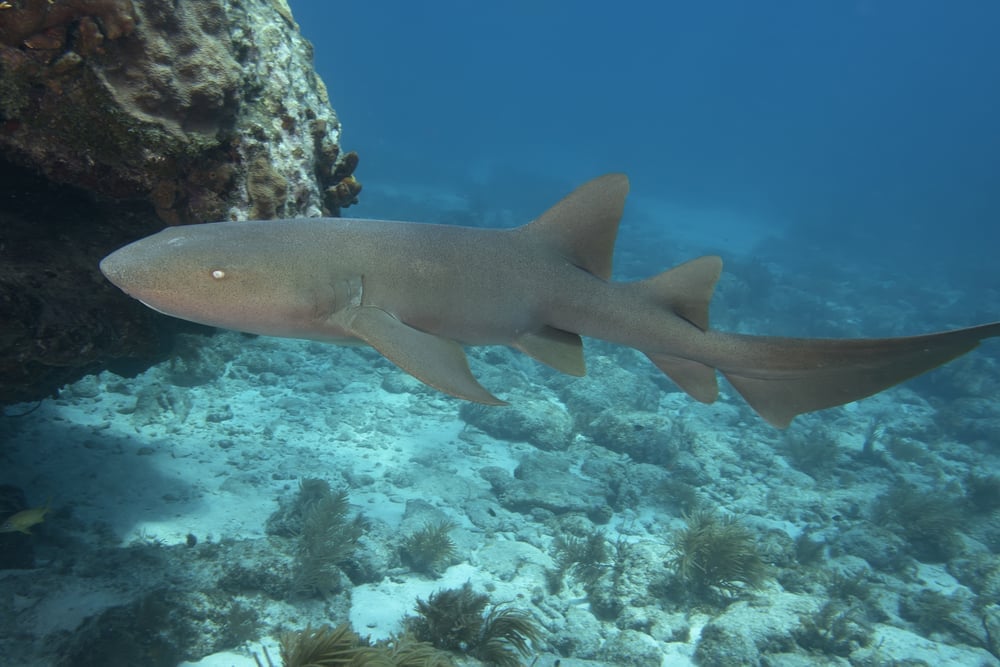
title: 'Underwater Nurse Shark in the Florida Keys(Andrew Jalbert)s' and caption: 'a shark swimming under water' -
Estuaries: Areas where freshwater from rivers meets and mixes with saltwater from the ocean are known as estuaries. These regions are especially rich in nutrients and support unique plant life that can tolerate varying salinity levels, making them critical for fish spawning and other marine life.
Biodiversity and Adaptation
Each of these biomes supports a distinct range of ecosystems, shaped by climate conditions, soil types, and geographic features. The organisms that inhabit these biomes have adapted to their environments over time, developing unique traits that allow them to survive and thrive under specific conditions. For instance, desert plants often have deep roots and waxy leaves to minimize water loss, while tundra species may have short growing seasons and specialized reproductive strategies.
Conclusion
Understanding the various types of biomes and their characteristics is essential for ecological study and conservation efforts. Each biome contributes to the Earth's biodiversity and plays a significant role in the global ecological balance. By studying the interactions within these biomes, scientists can better comprehend the complex relationships between climate, vegetation, and wildlife, ultimately aiding in the preservation of the planet's ecosystems.
Get more accurate answers with Super Pandi, upload files, personalized discovery feed, save searches and contribute to the PandiPedia.
Let's look at alternatives:
- Modify the query.
- Start a new thread.
- Remove sources (if manually added).